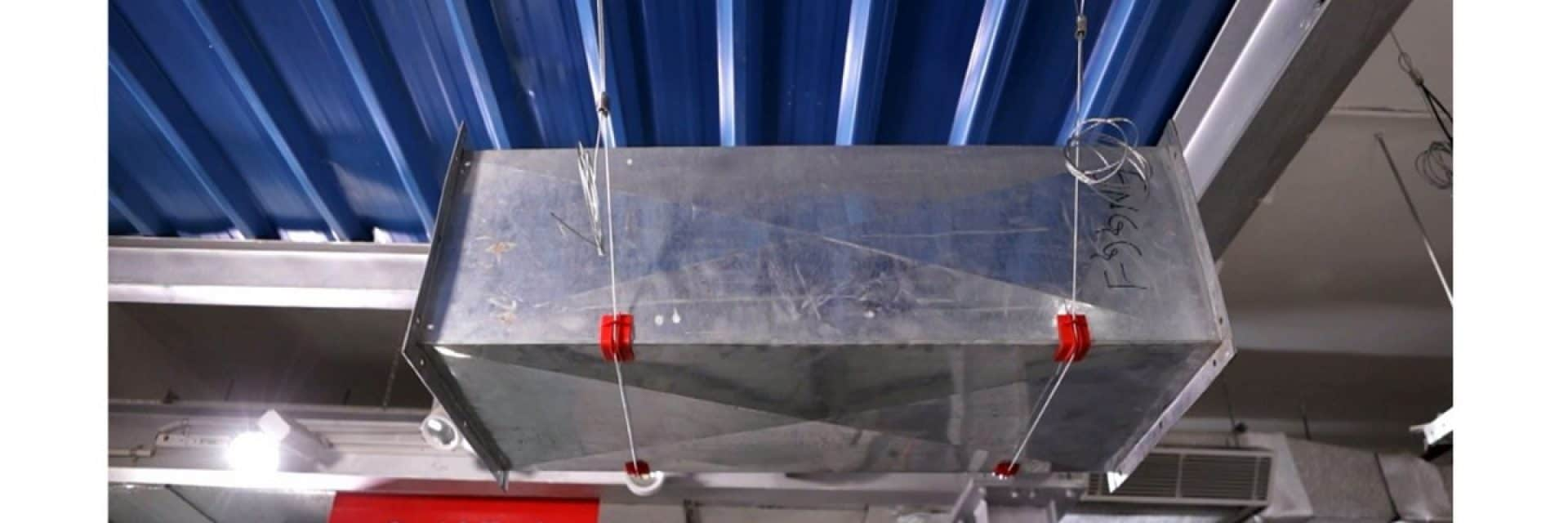Introduction
With the increasingly significant role MEP (or building) services play in providing comfort, functionality, efficiency, and safety to our built environment, fastening of these systems to structural members also has become increasingly important. In most situations, these building services are fastened after the main structural members – beams, columns, and slabs – are erected to eliminate irregularities with positioning and alignment. Building Services (or MEP) design and engineers play a vital role in creating the infrastructure that allows a building to perform with efficiency and provides comfort, efficiency, functionality, and safety to its inhabitants.
Present Scenario & Associated Challenges
Most of these services – particularly heavy HVAC ducts, electrical conduits, as well as plumbing and firefighting pipes – either are placed on a horizontal support, in the case of medium-duty loads or are suspended from the ceiling, in the case of light-duty loads, with supports positioned at 2-3 meter spans. For the former, steel channel sections are fastened with baseplates or clamps, if the existing beam or column is concrete or steel, respectively. For the latter, internally-threaded, drop-in/bullet anchors are drilled into the concrete member and threaded rods then inserted. Alternatively, steel angle/channel (ISA / ISMC) sections are welded together and then connected to the primary structural members using concrete stud anchors.
An additional method exists for supporting lighter loads up to the 300kg limit, such as HVAC ducts, cable trays, lighting panels, and even as intermediary supports for pipes. Bundled steel wires are connected to the internally-threaded concrete drop-in anchors with a threaded bolt and hook, forming a loop around the duct, pipe, or tray.
While the current services support system is adequate, three main challenges arise with these types of MEP services support installation:
1. A complex and time-consuming process: the connections use either slotted or welded channels and in the case of welded sections, there is material wastage and a requirement of skilled welders.
2. Yields low productivity: Marking, aligning, and anchoring these locations is a very tedious task and, if there is any misalignment, it becomes very difficult to alter the positioning.
Lacks a system approval: Lacking a combined approach results in no approval. In many cases, the anchors used to fasten the welded frames into the concrete are not approved for cracked concrete. Cracks exist inherently in reinforced concrete due to thermal shrinkage, creep, and other factors. In addition, the frame itself is more of an ad-hoc solution and not approved for performance in fire and seismic conditions. Having two separate approvals for the two main components – the anchor and the supports – does not equate to a combined system approval.

